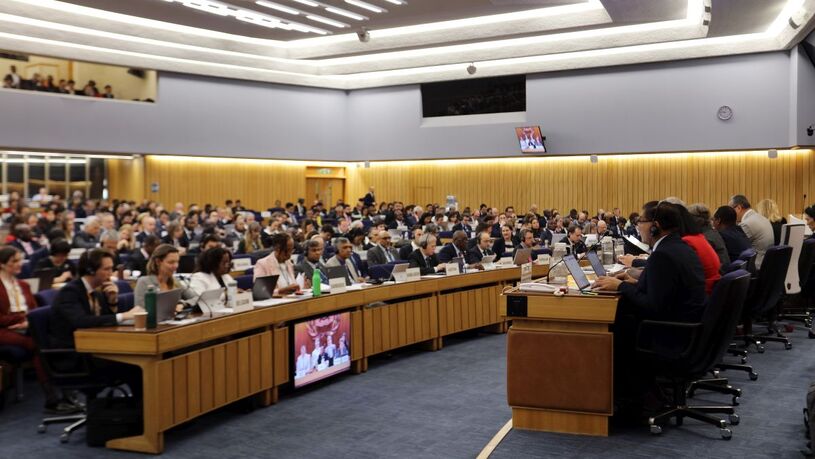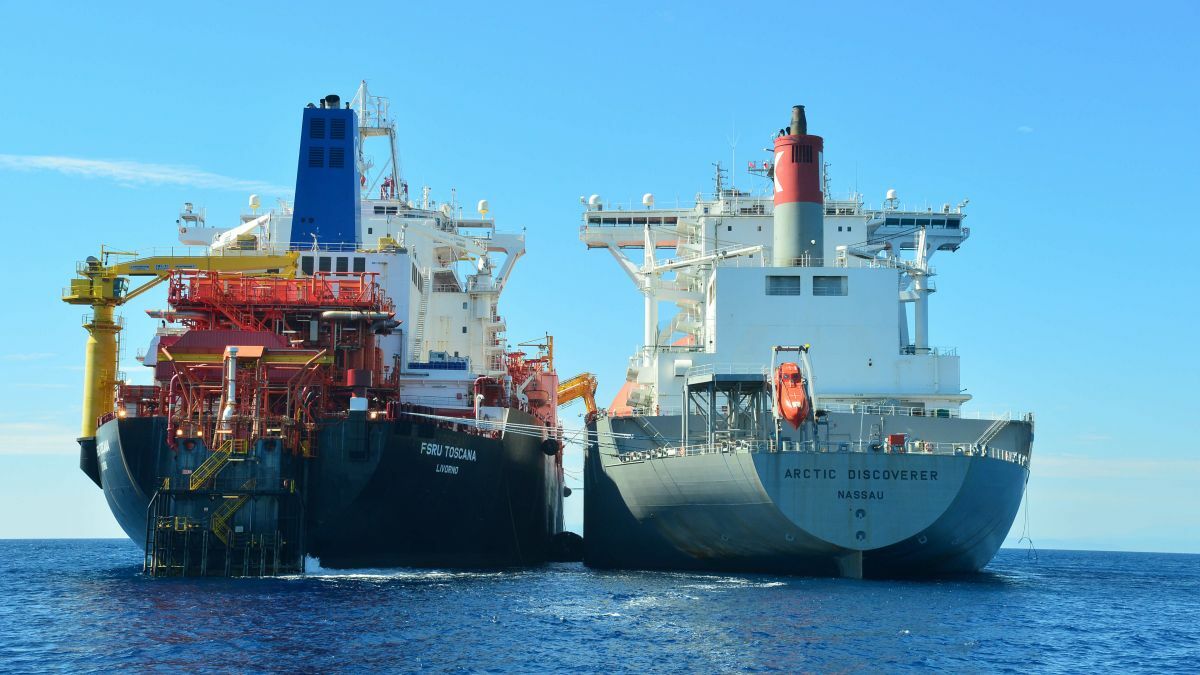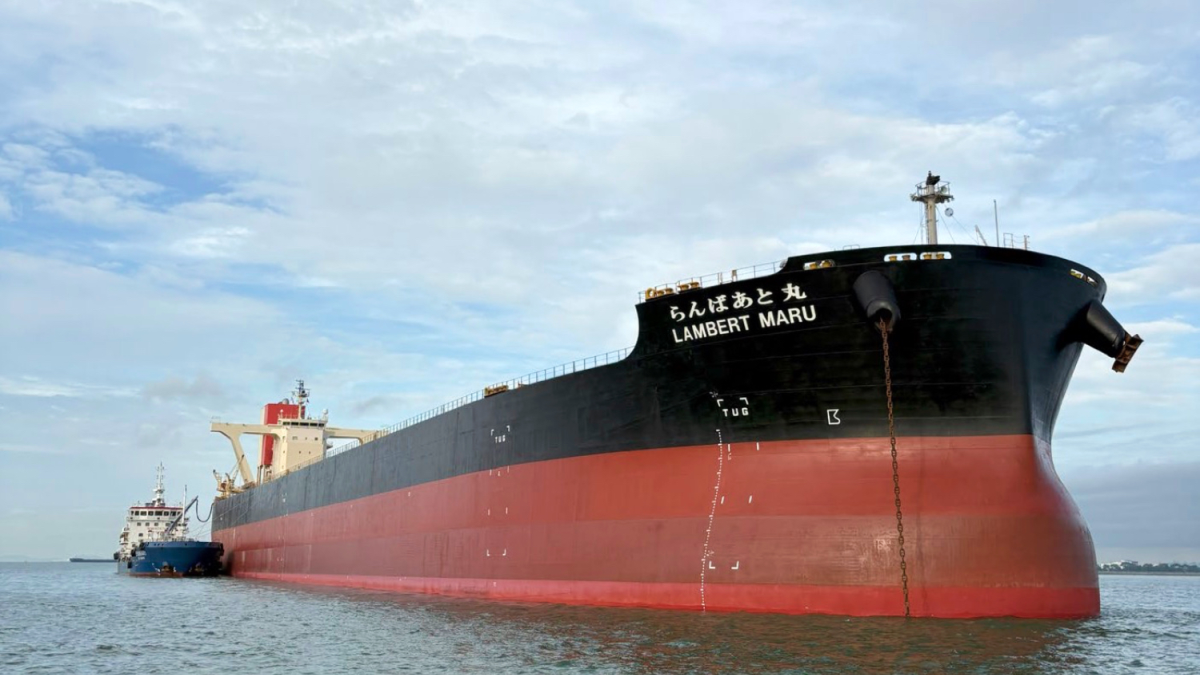Business Sectors
Contents
G9 issues vessel guidelines
On 2 December 2014, at a stakeholder meeting in London, the G9 Offshore Wind Health and Safety Association (G9) released two initial guidance documents for the offshore wind industry: ‘Good practice guideline – the safe management of small service vessels used in the offshore wind industry’ and ‘Good practice guideline – working at height in the offshore wind industry’. The first document is aimed at the operators and users of service vessels in the offshore wind industry, and the latter is for those working aloft, but there are some elements that affect the operators of service vessels.
The G9 comprises nine of the world’s largest offshore wind developers who came together to form a group that places health and safety at the forefront of all offshore wind activity and development. This gives the organisation real clout when it comes to imposing its will on the industry and has the opportunity to effect meaningful change.
Through a health and safety data-gathering exercise in 2013, the G9 determined what it perceived to be the largest risk areas in safety for the offshore wind industry and partnered with the Energy Institute to develop good practice guidelines to mitigate the risks. The G9 also involved the National Workboat Association and International Marine Contractors Association (MCA) as part of an initial stakeholder review process for the service vessel guidelines in mid-2014. However, the document was not widely distributed for a second review before publication.
This approach was perceived by the vessel operators as top down and directive without an attempt at collaboration – vessel operators would have preferred to have been involved early on by being presented with the perceived risks and jointly prepare risk-assessed solutions to mitigate them.
The guidelines for small service vessels cover such areas as site management, marine co-ordination, marine operations and vessel management and not only provides information to windfarm operators on how to select and manage service vessels effectively but also provides vessel operators with clarity in how they shall be managed by their clients.
Hopefully, this will remove the ambiguity that vessel masters face when being presented by unsafe practices from non-mariners. For example, this is reflected by clear guidance of vessel working hours at section 5.3.1, which states that preparation of the vessel and bunkering must be included in the normal working hours of vessels.
At section 2.1.7, the master’s authority, which reflects that as enshrined in the ISM Code, is confirmed. Another very clear area of improvement is the guidance on the function, responsibility and competence of the marine co-ordination organisation within an offshore windfarm. This important role has been left ungoverned for too long with wide variations in effectiveness apparent to those within the industry.
I believe that the way we approach safety as an industry is not working because objectives are rarely achieved in reality. Commercially, one sees a very high standard of safety required at the tender phase, but that enthusiasm is rarely translated into action offshore, where there can be a culture of safety as long as it does not get in the way of production.
Risk assessments are often in place in order to secure points during the tendering process, but in operation, one is not allowed to use risk assessments to prove that there is a better way to do a job. Hopefully, during commercial tenders in future, an operator will only need to prove that their policy and procedures are G9 compliant and will not need to submit countless pages of health and safety information.
Although service vessel operators may not agree with the way the guidelines were developed and implemented, they will welcome the clarity that is provided.
Now that there are clear guidelines on what is expected, compliance becomes clear cut and not a matter of guessing what each individual windfarm operator will dream up and include in a tender. It also gives a standard for vessel operators to hold their clients to when decisions are made with operational and commercial considerations, rather than safety, at heart.
The industry will only begin to see benefits in improved safety – and thus a reduction in costs –if common guidelines are developed and implemented. As the representative of a vessel operator, I look forward to incorporating these requirements into my own management system and to working together with the G9 on revisions for the second edition.
For a document such as this to have a positive impact on safety and performance, it has to be a living document and not just filed on the shelf of achievements as ‘job done’ and forgotten about. OWJ
*Philip Woodcock is operations manager/QHSE/marine manager at Workships Contractors in The Netherlands
Related to this Story
Events
LNG Shipping & Terminals Conference 2025
Vessel Optimisation Webinar Week
Marine Coatings Webinar Week
© 2024 Riviera Maritime Media Ltd.












